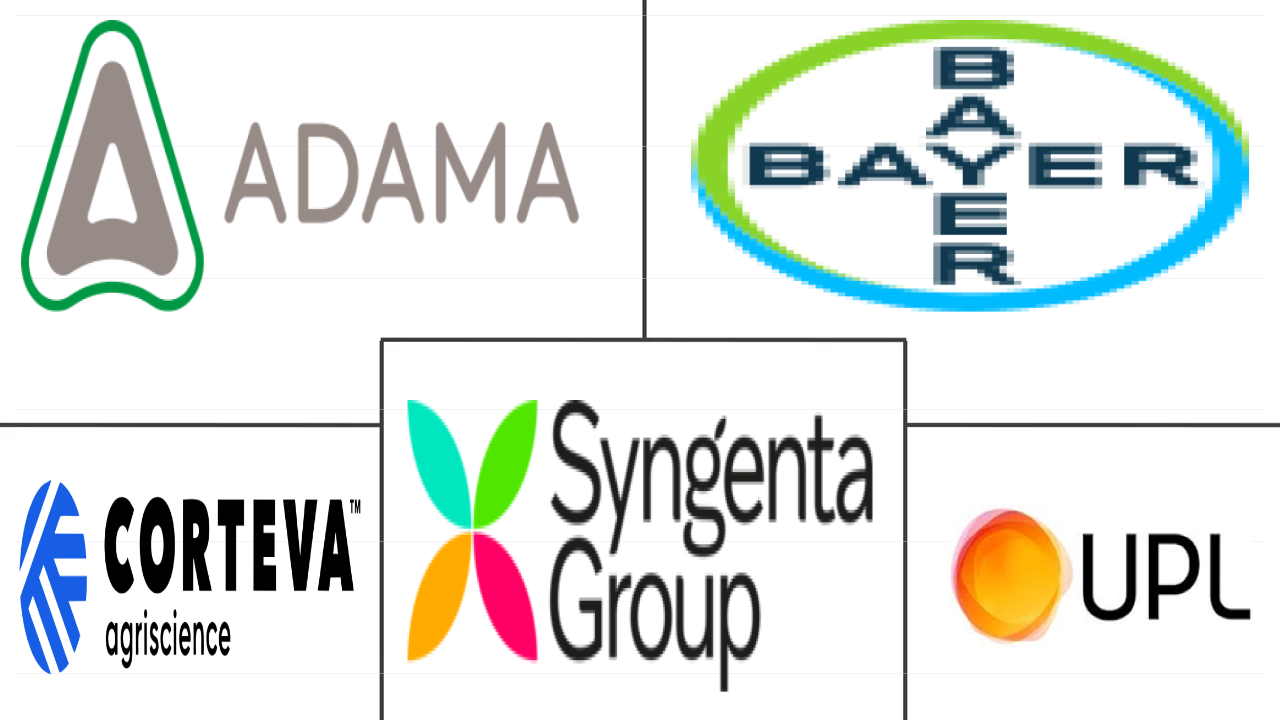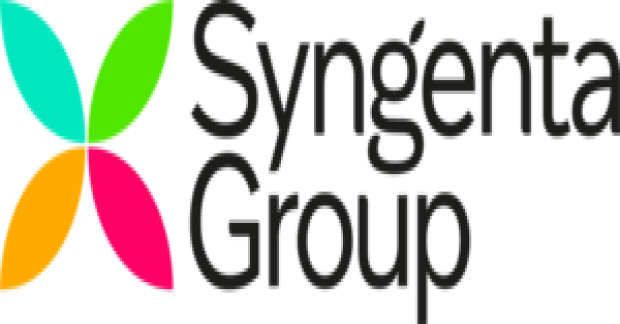Market Size of nematicide Industry
| Icons | Lable | Value |
|---|---|---|
|
|
Study Period | 2017 - 2029 |
|
|
Market Size (2024) | USD 2.94 Billion |
|
|
Market Size (2029) | USD 3.53 Billion |
|
|
Largest Share by Application Mode | Soil Treatment |
|
|
CAGR (2024 - 2029) | 3.74 % |
|
|
Largest Share by Region | South America |
Major Players |
||

|
||
|
*Disclaimer: Major Players sorted in no particular order |
Nematicide Market Analysis
The Nematicide Market size is estimated at 2.94 billion USD in 2024, and is expected to reach 3.53 billion USD by 2029, growing at a CAGR of 3.74% during the forecast period (2024-2029).
2.94 Billion
Market Size in 2024 (USD)
3.53 Billion
Market Size in 2029 (USD)
1.29 %
CAGR (2017-2023)
3.74 %
CAGR (2024-2029)
Largest Segment by Application Mode
70.36 %
value share, Soil Treatment, 2023
Soil treatment enables nematicides to be directly applied to the soil, where they can remain longer, allowing the chemical to reach the root systems.
Largest Segment by Crop Type
45.53 %
value share, Grains & Cereals, 2023
Grains and cereals crops occupy higher cultivation areas and are produced in greater quantities to fulfill the food needs of the growing population worldwide.
Largest Segment By Region
36.54 %
value share, South America, 2023
Various nematodes are causing major damage, including root-knot nematodes, root lesion nematodes, burrowing nematodes, and reniform nematodes.
Fastest-growing Segment by Country
5.23 %
Projected CAGR, Mexico, 2024-2029
Export-oriented farmers recognized the importance of managing nematodes effectively to meet the stringent standards of foreign markets, which drives the nematicides' usage.
Leading Market Player
24.20 %
market share, Syngenta Group, 2022

The company invests more than USD 1.3 billion annually in the research and development of innovative agrochemical products to address farmers' crop protection challenges.
Increasing early crop growth damage by soil-borne nematodes raises the soil treatment application mode of nematicides
- The growth of nematodes in agriculture is favored by changing climates like drought, heat waves, and warm and humid conditions. Monoculture practices, no-tillage, and sandy soils also favor their growth. Based on the types of nematodes, regions, and crops, farmers implement various nematicide application modes for better nematode management and enhancing crop production.
- Nematicide application via soil treatment held a majority market share of 70.3% in 2022, which was majorly attributed to the effectiveness of this method in reducing soil-borne nematode populations and improving crop productivity. These can be applied prior to planting and after planting by soil drenching, which helps in faster crop germination. The soil treatment mode of nematicide application is expected to increase by around 17,340 metric ton during 2023-2029.
- The foliar method of nematicide application was the next most used application mode and fastest-growing segment, which is anticipated to register a CAGR of 3.8% during the forecast period. The foliar nematicide application effectively manages the foliar nematodes that feed on the foliage of the plant and reduces the yield of food crops. Advancements in foliar mode, like drone applications and other technical and digital improvements, raise the foliar mode of application.
- Effective management of water and nematicide quantity can be achieved through the chemigation mode, which occupied the market share of 8.5% in 2022. Advanced irrigation systems and increased water scarcity will raise the chemigation adoption rate, increasing the nematicide application.
- All the application modes aim to reduce nematode infestations and increase crop productivity, which is expected to drive the market.
Increased nematode infestations and the growing adoption of nematicides stood South America in prominent position
- Apart from climate changes and other pests and diseases, nematodes cause significant damage to the agriculture sector worldwide. More than 4100 plant parasitic nematodes were identified, causing damage to various crops across the world.
- According to the American Society of Phytopathology, nematodes cause around 14% of the global crop loss annually, which is equal to an economic loss of almost USD 125 billion. Among various nematode species root-knot nematodes (Meloidogyne spp.), cyst nematodes (Heterodera spp., Globodera spp.), root-lesion nematodes (Pratylenchus spp., Hirschmanniella spp., and Radopholus spp.), stem nematodes (Ditylenchus spp.), and pine wood nematodes (Bursaphlenchus spp.) majorly damage the crop growth and productivity by effecting the water and nutrients absorption.
- The consumption of nematicides in its cultivation is majorly dominated by South America, which represented 36.6% of the global nematicide market in 2022. This is majorly attributed to the crop losses by nematodes, which are recorded at around USD 6.5 billion every year. Soybean is the major crop grown, and South America produces more than 50% of the soybeans produced in the world. Nematodes cause around 30% of yield loss worth USD 3 billion in the region. During the historical period, the consumption of nematicides increased by around 7,600 metric ton between 2017 and 2022, which is further expected to increase by more than 10,000 metric ton between 2023-2029. This emphasized the nematicide's necessity in the South American agriculture industry.
- The global nematicide market is anticipated to grow during the forecast period (2023-2029) with an estimated CAGR of 3.7%, which will be driven by the growing adoption of nematicides for crop protection from various nematodes globally.
